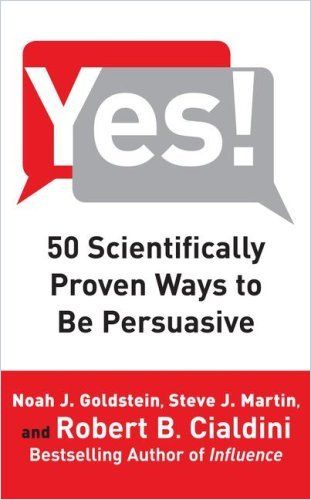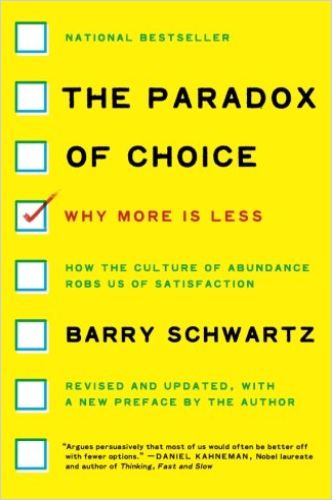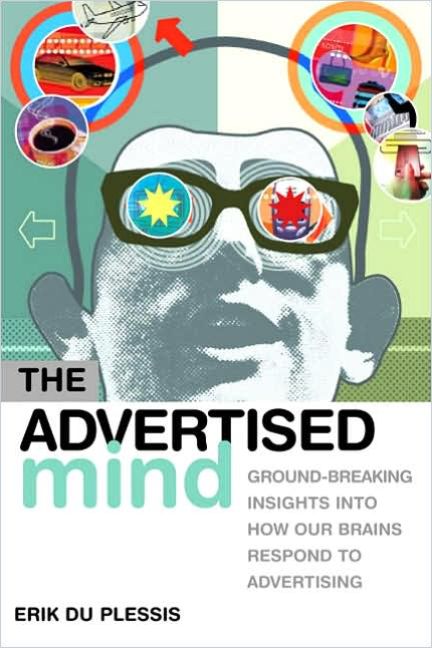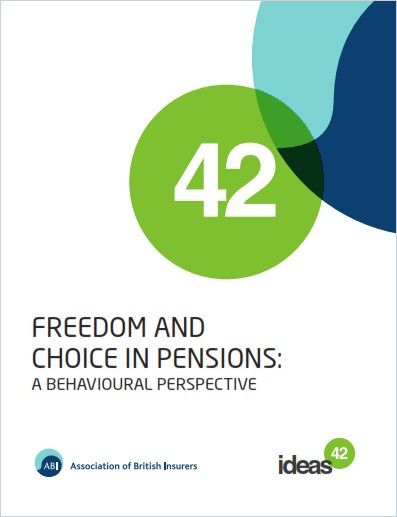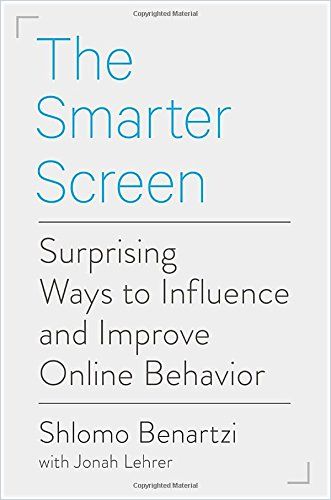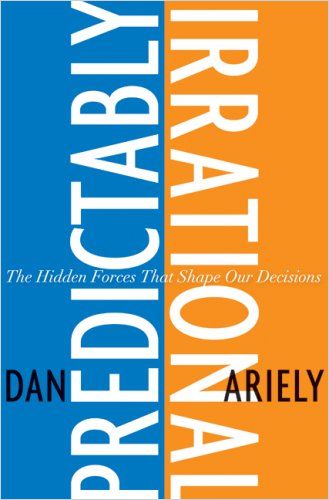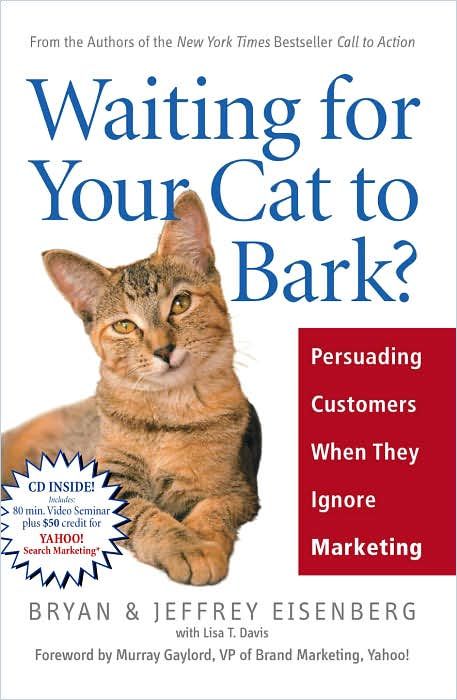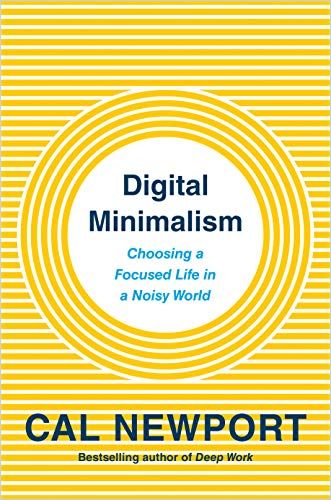The Power of a “Nudge”

Before nudge theory became a focus in the behavioral sciences, most people knew it as the art of persuasion. Nudge theory by other names has always been part and parcel of modern advertising, marketing and public relations, because ad men knew before behavioral scientists formalized the notion that people make economic decisions irrationally. Just how free are the choices you make?
What’s a Nudge?
Human nature complicates decision-making. The starting premise for authors Richard H. Thaler and Cass Sunstein in Nudge is that humans are not as rational as they themselves or economists would like to think they are. People make choices within a context. As context changes, people might make different choices. Because people make mistakes, organizations need to be forgiving and flexible. One way to help people make better choices is to provide frequent feedback. Transparency, especially regarding choices within public policies, also improves people’s ability to make decisions.
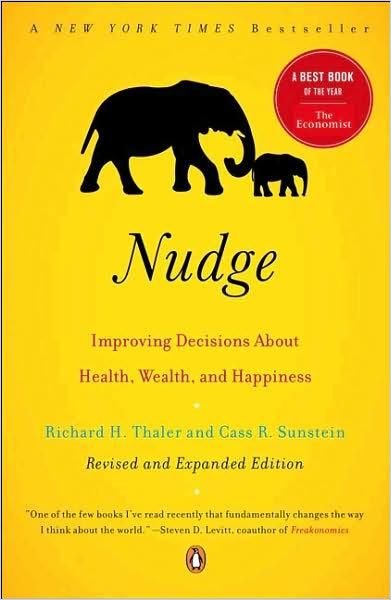
According to Sunstein and Thaler, all choices are framed in some way. The only question is whether this framing is done ethically and consciously. By paying attention to “choice architecture” and framing choices in a way that takes advantage of human nature, you can “nudge” people to make decisions that benefit them; one option is to offer a “default” choice that people are free to change, but will nonetheless benefit them if they don’t. When companies set pension savings programs to “automatic enrollment” as the default, people are less likely to change it, which benefits them financially in the long run.
A nudge…is any aspect of the choice architecture that alters people’s behavior in a predictable way without forbidding options or significantly changing their economic incentives.
Richard H. Thaler and Cass Sunstein
Working with Human Nature to Frame Better Choices
More choices don’t necessarily mean better choices. Part of the problem is, as Nobel Prize—winner Daniel Kahneman laid out in Thinking, Fast and Slow, people think with two different systems: System 1 and System 2.
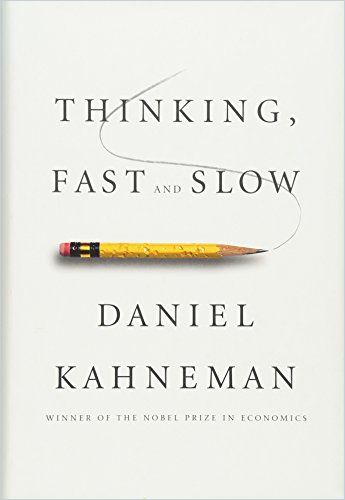
“System 1” is more automatic, emotional and intuitive. It’s the system people default to and is less conscious than system 2, which methodically evaluates problems and choices and requires conscious thought. System 1 is quicker, so people tend to prefer it. But it relies on shortcuts, called heuristics, that introduce biases. These are usually unconscious and lead to errors in judgment. In organizations, these errors compound to create “noise.”
People are influenced by seemingly inconsequential and even irrational things. In Influence, Robert B. Cialdini, PhD, lays out seven universal ingrained behavioral responses in human nature: “reciprocation, liking, social proof, authority, scarcity, commitment and consistency, and unity.” People use these “heuristics” as shortcuts in their decision-making.
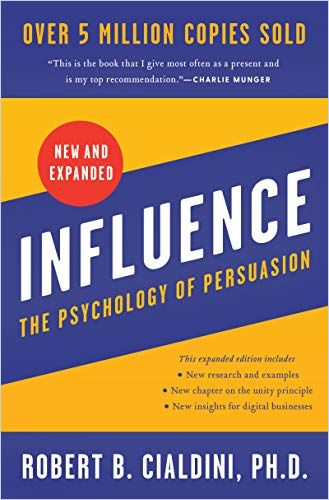
Reciprocation, for instance, means that if you give something to someone they want to then give something to you. If you concede something to someone else, they will want to then concede something to you. Salespeople leverage this common heuristic when they make an offer they know their prospect will reject before making the offer that leads to the sale. The prospect still retains choice, but the salesperson architected the choices in a way that ‘nudged’ the final decision.
People often add new reasons to support the wisdom of commitments they have already made.
Robert B. Cialdini, PhD
Cognitive scientists Hugo Mercier and Dan Sperber assert in The Enigma of Reason, that people come up with psychological reasons for the choices they make after they make a decision. Context and social signaling are also important factors when deciding preferences, says Tom Vanderbilt in You May Also Like as he investigates how tech companies like Netflix mine your choices to predict what will most appeal to you next.
Making far-reaching decisions now about the distant future is intellectually, psychologically and emotionally challenging.
Tom Vanderbilt
Digital technology designers and social media continue to mine behavioral psychology extensively, creating “sticky” websites, entertaining ads and optimizing user interface design to keep you clicking and implementing “choice architectures” with endless options.
Nudges in the Workplace
Sunstein joined Eric Singler and Pierre Chandon to translate “liberty-preserving approaches” to workplace productivity in Nudge Management. Like everyone, managers fall prey to cognitive biases that can adversely affect the quality of their decisions. Also, the more managers understand these potential problems, the better, more intentional they’ll become at creating “choice architecture” to help guide their employees.
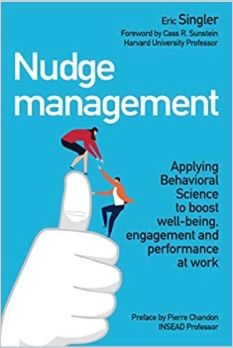
For instance, managers who help their employees see their work as meaningful, who recognize good work, and who strive to create a fair workplace will keep people much more engaged in their work than companies that use pressure and fear to keep employees on task.
Ways to “nudge” your schedules for greater productivity include:
- Tackling your most demanding tasks at the time of day you have peak energy, usually at the beginning of the day.
- Minimizing distractions – turn off phone notifications and set devices to “do not disturb” mode.
- Starting with easier tasks to avoid procrastinating.
- Setting regular hours so your unconscious mind helps make regular productive hours a habit.
Try different approaches to scheduling for optimal productivity:
Managers who develop their emotional intelligence will encourage collaboration and the sharing of opinions among employees within an environment of psychological safety. If you want to encourage a learning culture, give people specific resources and time to learn. Choose your nudges carefully to achieve the desired result.
Doing an act of kindness produces the single most reliable momentary increase in well-being of any exercise we have tested.
Eric Singler, Cass Sunstein and Pierre Chandon
Nudge Your Health
In The Healthy Workplace, office design expert Leigh Stringer connects the dots between a healthy workplace, healthier workers and a boosted bottom line. Companies can promote worker well-being through choice framing that supports exercise, like locker rooms with showers and bicycle storage space.
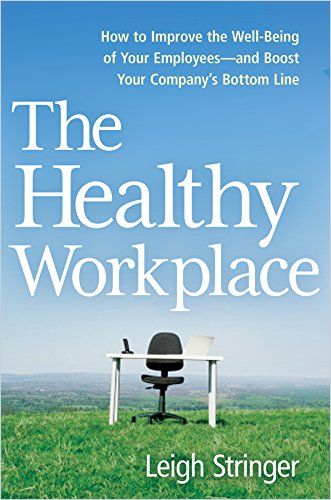
Well-placed signs can remind workers to periodically stand and stretch, or to take the stairs instead of the elevator. Promote healthy snacks. Some companies use gamification to help employees meet health goals within the context of friendly competition with others.
Leading companies…consider employee health just like any other investment: Their employees are essential for their business to run well, and the more efficient and effective their employees are, the better they will perform.
Leigh Stringer
Nudge Your Habits
In Atomic Habits, James Clear expands on how to set up your environment to assure you’re successful in attaining the goals you set. Habits are the meat and potatoes of System 1 thinking, so work with them rather than against them.
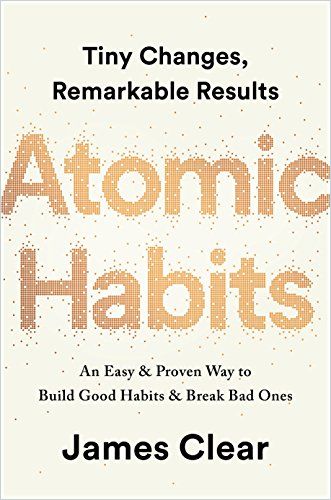
To change your life, focus on changing your habits. To change your habits, analyze the habits you already have and see how you can leverage them to build new routines. With “habit stacking” you can pair a desired new habit with one you already do.
Habits are like the entrance ramp to a highway. They lead you down a path and, before you know it, you’re speeding toward the next behavior.
James Clear
Set up your environment to support the changes you want to make. Couple “need to do” activities with “want to do” activities to take advantage of the dopamine hit that accompanies pleasurable things and that motivates so effortlessly. Finding a community that shares your desired new habits is a way to nudge yourself to stay committed to your goals.
Can Nudges Replace Mandates?
In Simpler, Sunstein applies the lessons of nudge theory to government as an alternative to freedom-eroding and unpopular regulations and mandates. He emphasizes that the “choice framing” of regulations has a big influence on whether people respond positively or not.
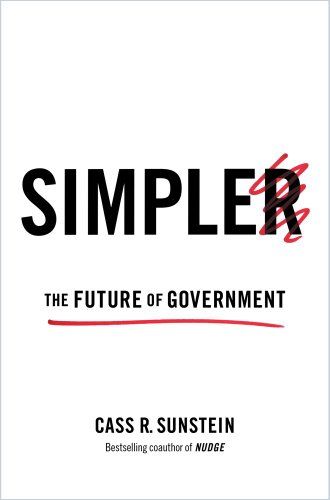
Government is in a position to help nudge people to make better choices for themselves, but it’s important these choices are transparent and agencies are open to feedback. Public input drove the move by government to mandate EnergyGuide labels for appliances. Transparency made manufacturers want to improve efficiency.
For governments, the goal should be to ensure that if people do nothing at all, things will go well for them.
Cass Sunstein
Not everybody is a fan of governmental “nudges,” however. Law professor Anne van Aaken argues, in “Constitutional Limits to Paternalistic Nudging,” that nudges should have limits. While governments have employed “nudges” to good effect for years, a strong argument can be made to say that “nudging” did not work well in curbing the spread of the COVID-19 pandemic. Behavioral scientists won their argument against an initial lockdown which might have contained the spread had it been enacted early enough. Part of the problem was disinformation about the virus and its effects. Also, leaders politicized a public health emergency, undermining the authority of national and international health professionals and institutions. In response to the rising pandemic, Sunstein joined other experts in calling for government to take the lead in “nudging” citizens to socially distance and take other precautions to protect themselves. But others in the field point to COVID-19 as a reminder of the limits of nudging, and the responsibility of governments to make hard, sometimes unpopular calls to protect its peoples, based on available evidence.
Read more about persuasion, choice architecture and nudging:

